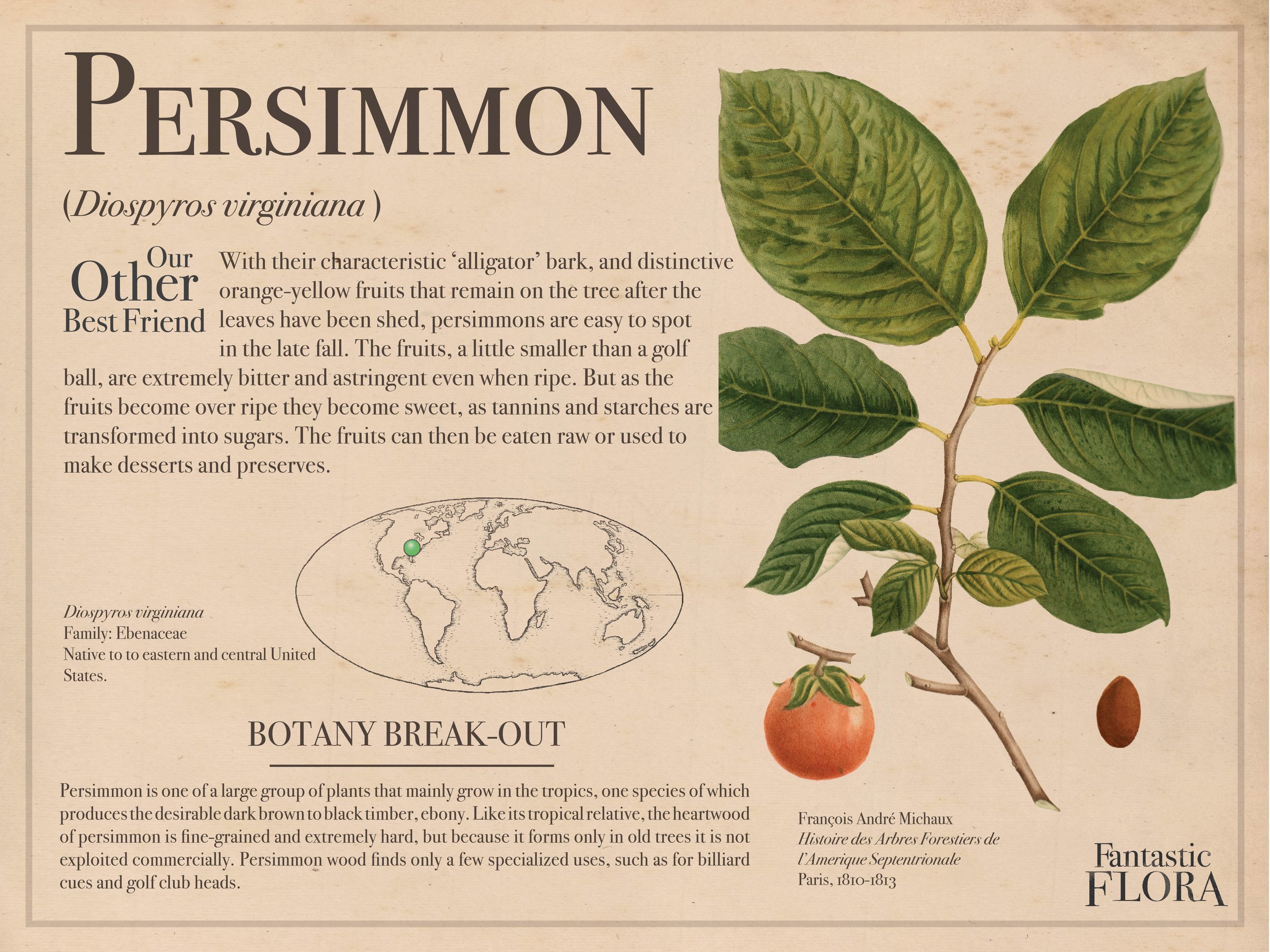
An exhibit about plants and the incredible ways they adapt to thrive in a changing world.
A living kingdom.
Plants are active. They are dynamic participants in the world around them. They breathe, they grow, they move, they sense, and over time, they change and adapt. Plants are models of how to survive in a complicated and changing world. They have relationships with the worlds of bats, birds, and bugs, which help them flourish. They are also finely attuned to where they live, finding just the right kinds of light, soil, water, and wind in which to thrive. From orchids growing high in rain forest trees, to willows spreading along riverbanks, to the Venus flytraps digesting insects, plants are amazingly versatile and astonishingly diverse.
We value plants for how they sustain us and the many benefits they provide. All of us rely on plants for food, and so much else. But we should also value plants as living beings that are crucial to the future of the natural world. Understanding the world of plants enriches our lives and helps us to appreciate the complex natural systems of which we are a part. The “Fantastic Flora” collection blends art, culture, history, and science to explore the fantastic ways that plants flourish in their environments, while also reminding us of our own place on a changing planet.
The “Fantastic Flora” Collection
Every Friday, we release another page from our “Fantastic Flora” collection on this website. Each page features an image from the Oak Spring Garden Library along with some basic, and we hope interesting, information. Schools, environmental organizations, botanic gardens and others can also curate their own physical exhibits by applying to download high-resolution print-ready poster files for free. Click below to learn more and apply to curate your own exhibit.
Oh the Places You’ll Grow.
Every seed contains a young plant, and the promise of success or failure for the next generation. Dispersal of seeds, sometimes inside their fruits, helps young plants find the right place to live: away from competition with its mother for light, water, and nutrients. Some plants rely on animals to disperse their fruits or seeds. Others rely on wind and water. Others have no obvious specialization. But over time, seeds have found their way to the most remote places on our planet.
Apt to Adapt.
Why do some plants have bizarre roots, strangely shaped stems, or hairy leaves? Chances are that features like this—sometimes obvious, sometimes subtle—help the plant overcome challenges where they grow. And features that enhance survival also increase the production of seed. All environments present constantly changing challenges, whether it is competition from other plants and animals or peculiarities of soil and climate. Over the long haul, plants that survive to reproduce effectively have the best chance of ensuring success in the next generation.
A Flowering of Creativity.
Flowers come in a dazzling array of colors, shapes, and sizes. Their beguiling beauty has provided endless inspiration for artistic creativity. But the purpose of flowers is the production of seeds, on which the future of plants—and the future of people—depend. Many processes crucial to the production of seeds take place deep within the flower. But some are easier to see, especially the ways in which flowers attract and reward, trick and trap, or otherwise interact with insects and other animals that help move pollen from one plant to another. These are some of the most fascinating interactions in the living world and are a continuing focus of scientific study.
Our April Fools Day 2022 Poster!
Our Other Best Friend.
Our species evolved in a world full of plants, and since the beginnings of agriculture around ten thousand years ago, plants have become even more central in our lives. Our interactions with plants for food, raw materials, medicines, and also in art, have deepened our complex relationship with the natural world and contributed to the diversity of human cultures. Understanding the rich history of human-plant relationships helps us to recognize our dependence on the life around us, and how we can engage with it in meaningful, respectful, and sustainable ways.
Dancing With the Plants.
Plants are rooted to the spot, but they are also constantly in motion. From the twisting of stems, to the unfurling of petals, to the folding of leaves, movement is key to how plants thrive and survive. Most plant movements are slow. We need to patience to see them. But some plant movements are fast, demonstrating that plants can respond rapidly to new opportunities and challenges. The movements of plants remind us that they are active, living beings—not passive participants—in the world around them.
Friendly Fire.
As long as there has been oxygen in the atmosphere and plants to burn, there has always been fire. Since the beginning of time, lightning has been a source of ignition. For hundreds of millions of years, fires have been a normal feature of the landscape, especially where the climate is dry for part of the year. It is no surprise then that many plants can tolerate, and sometimes depend upon, the destructive power of fire. Recognizing fire as a natural force that both destroys and promotes the growth of plants helps us to better understand the complicated ways in which plants are integrated into the world around them.













































